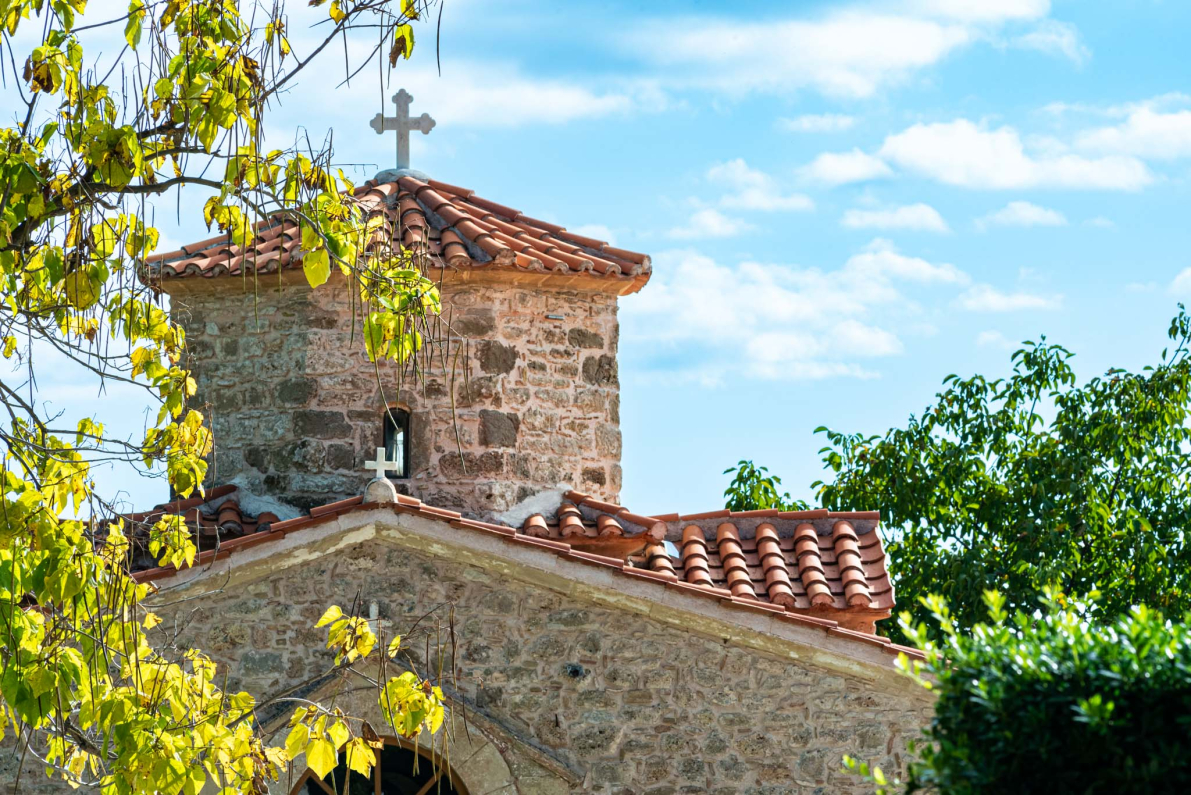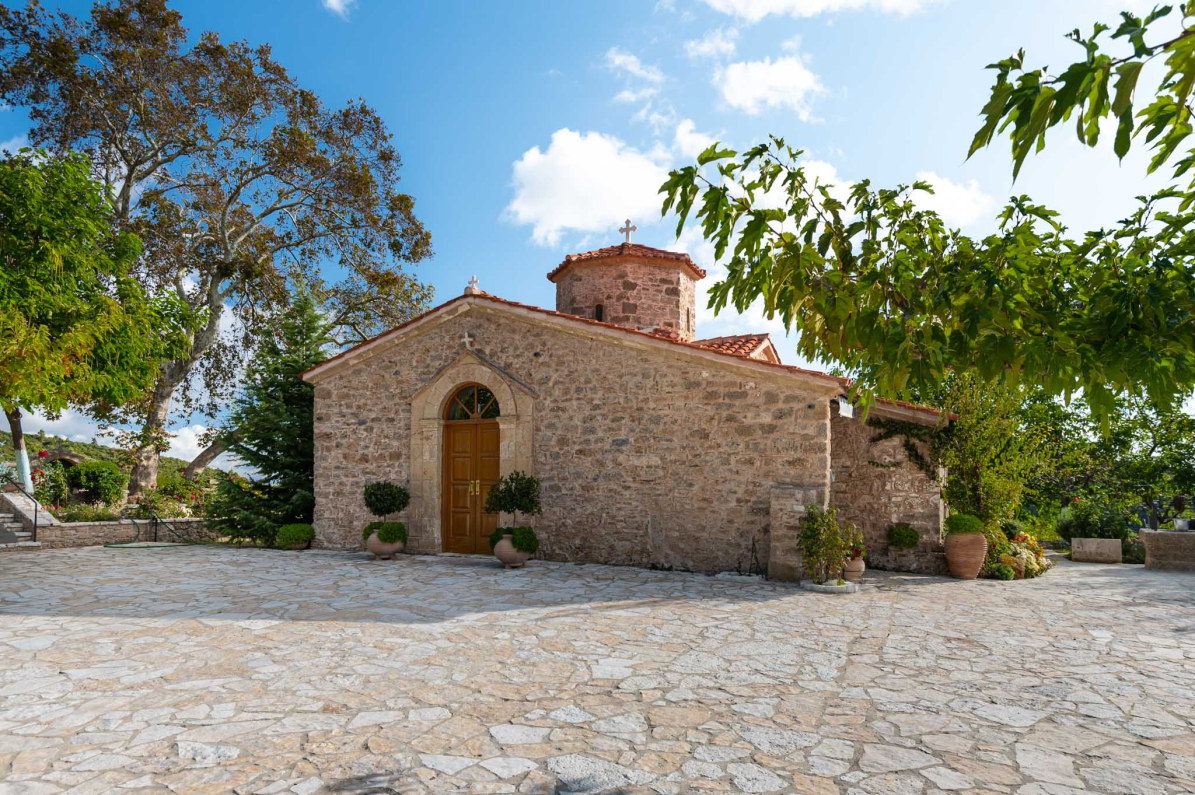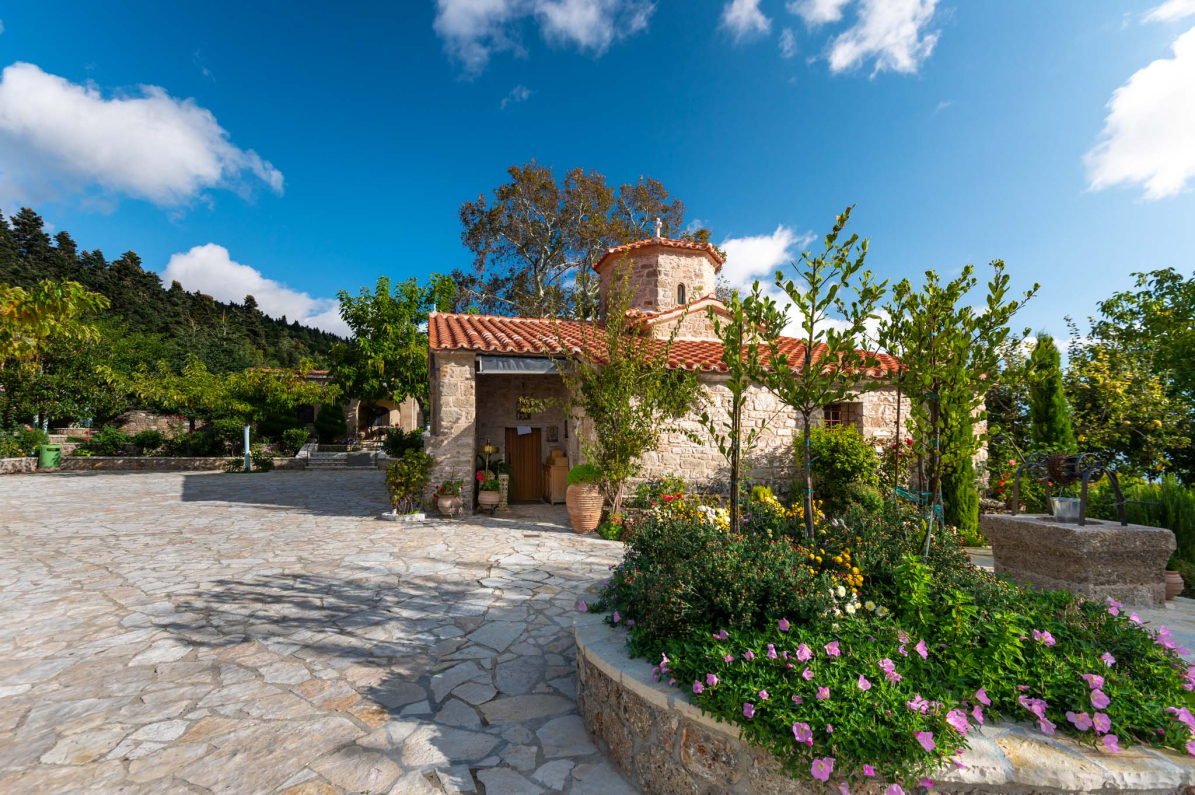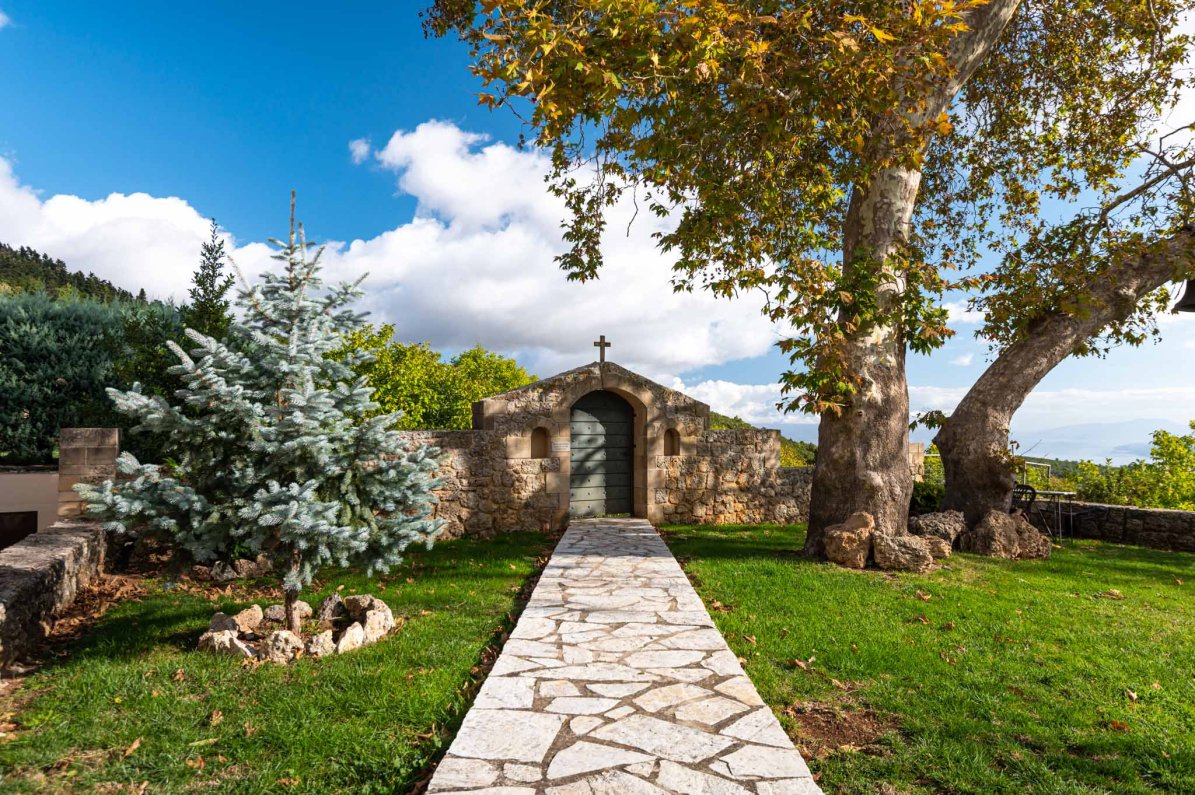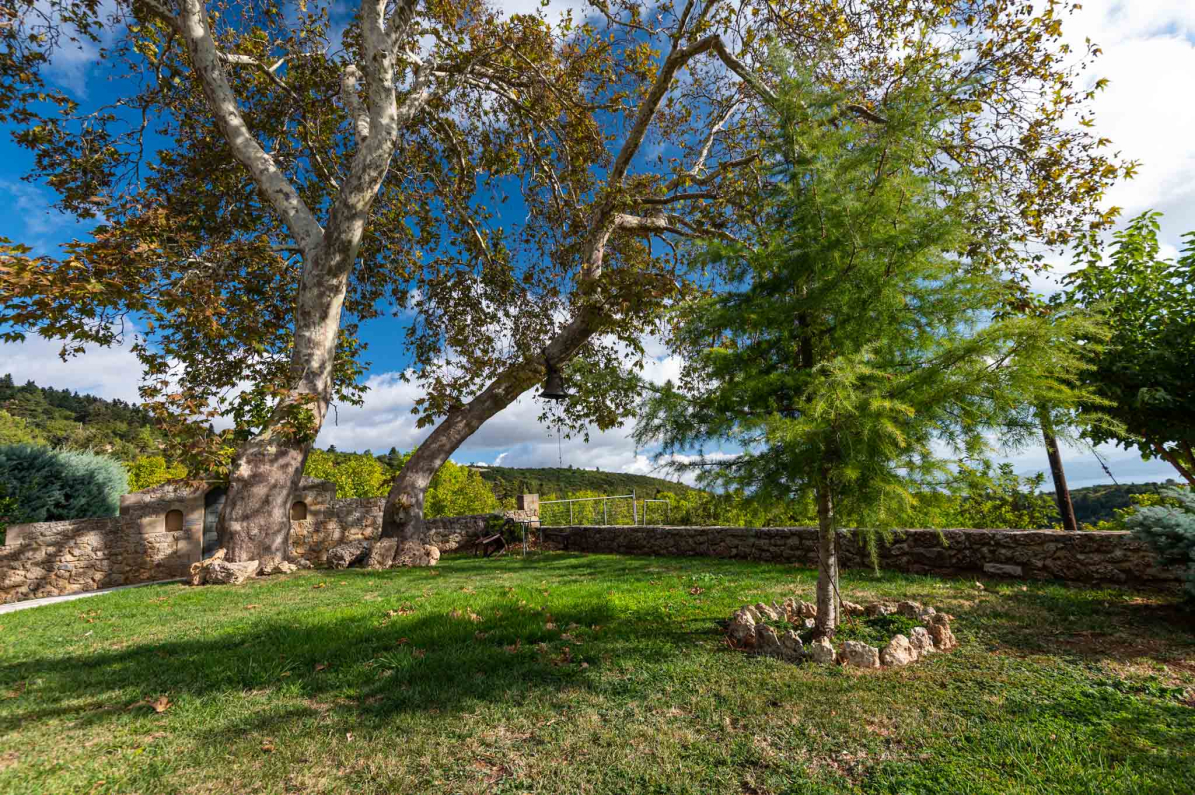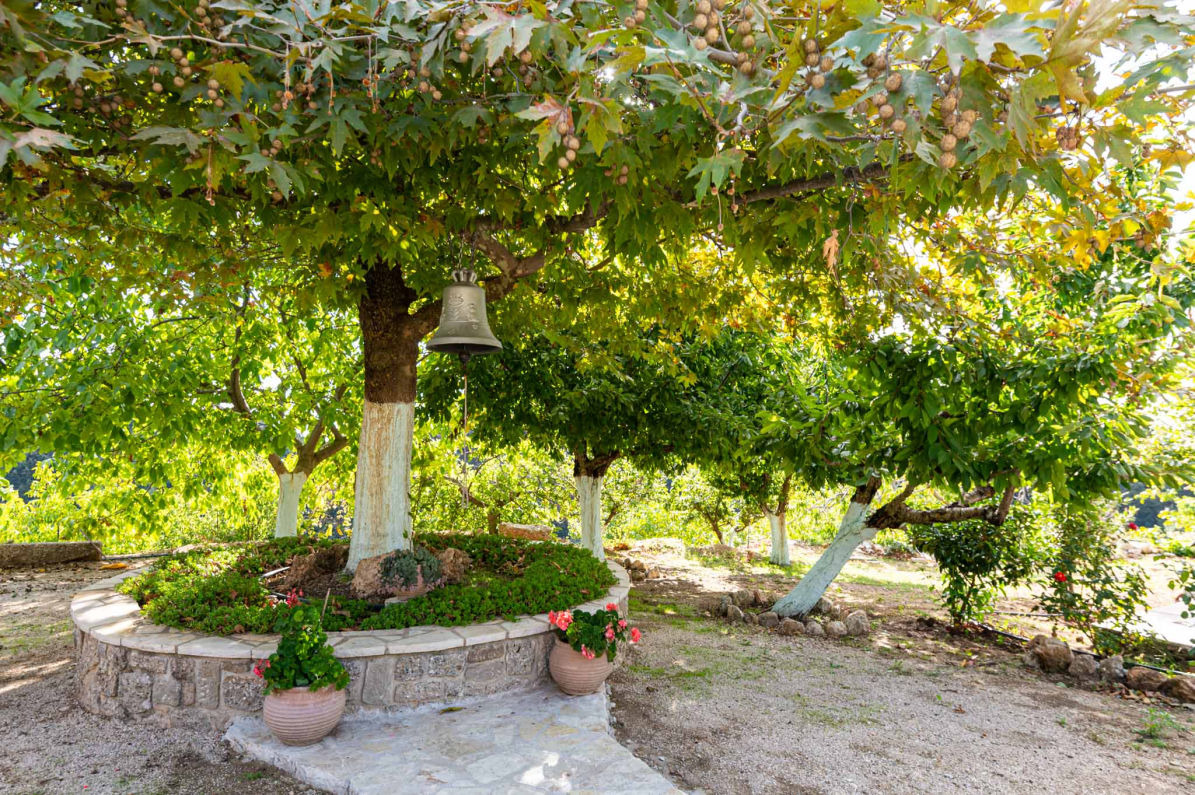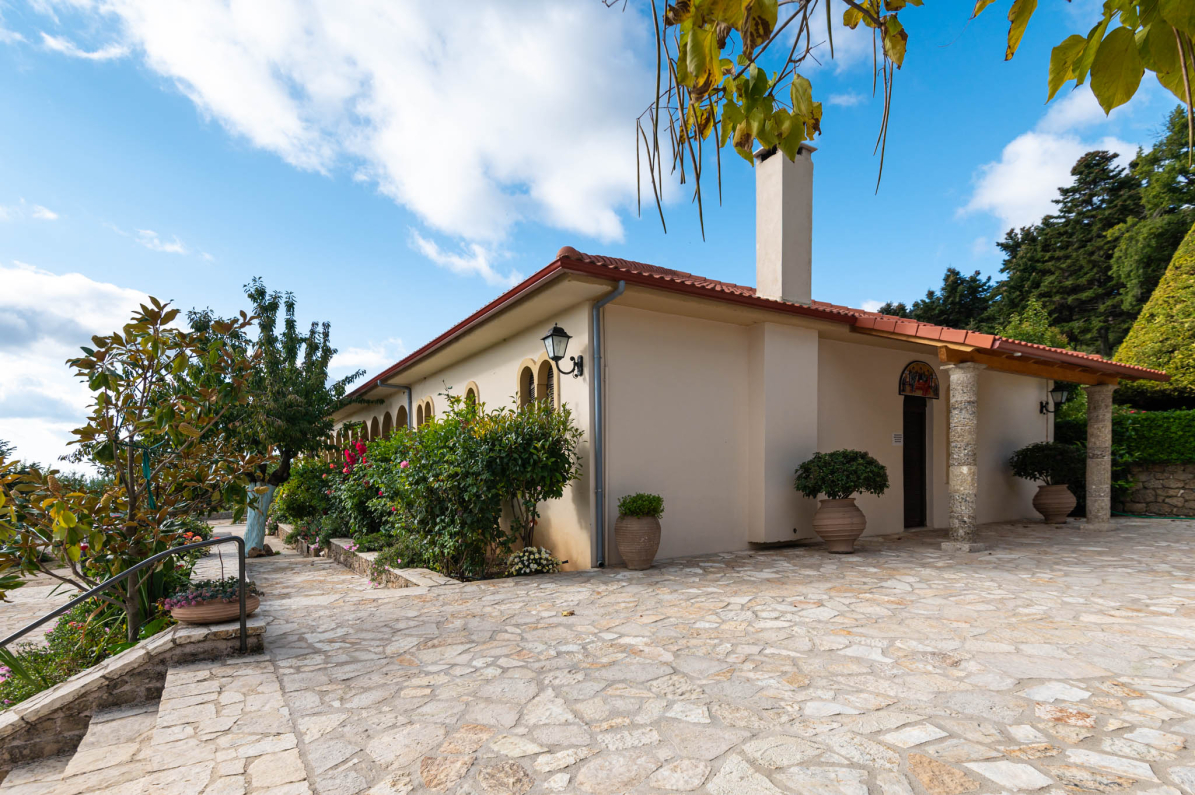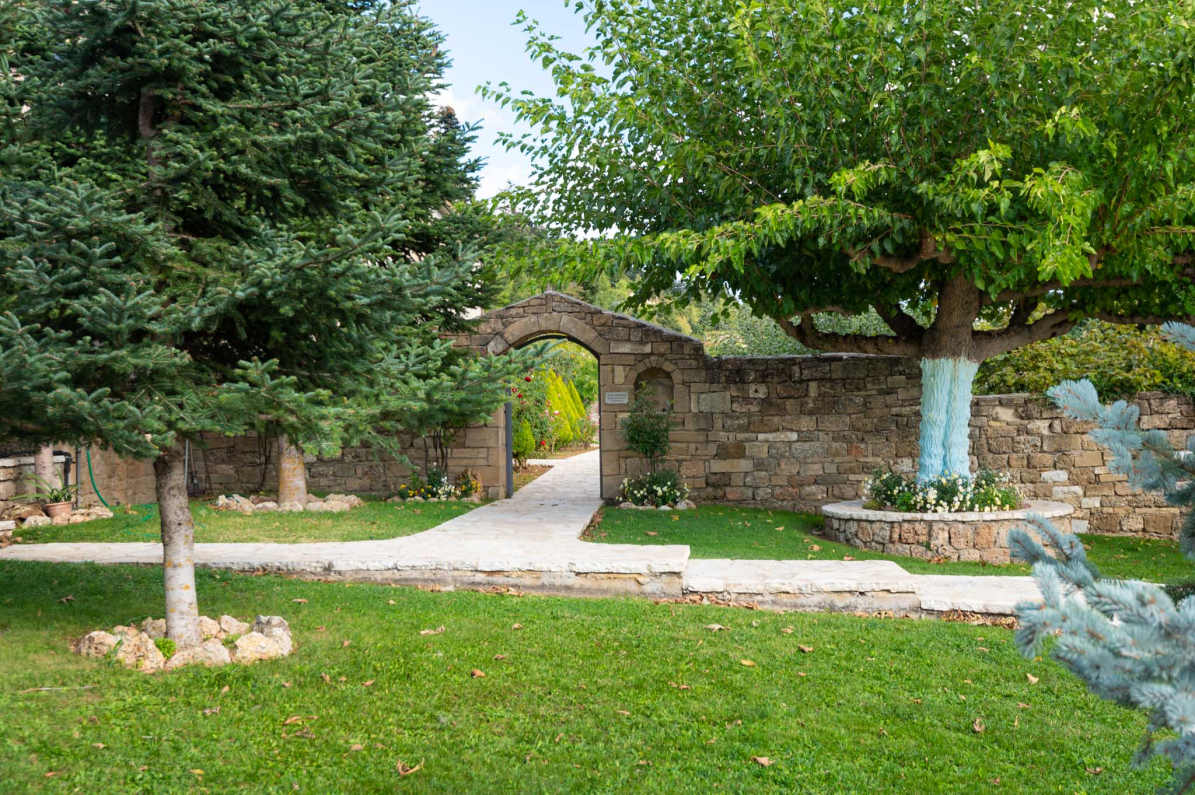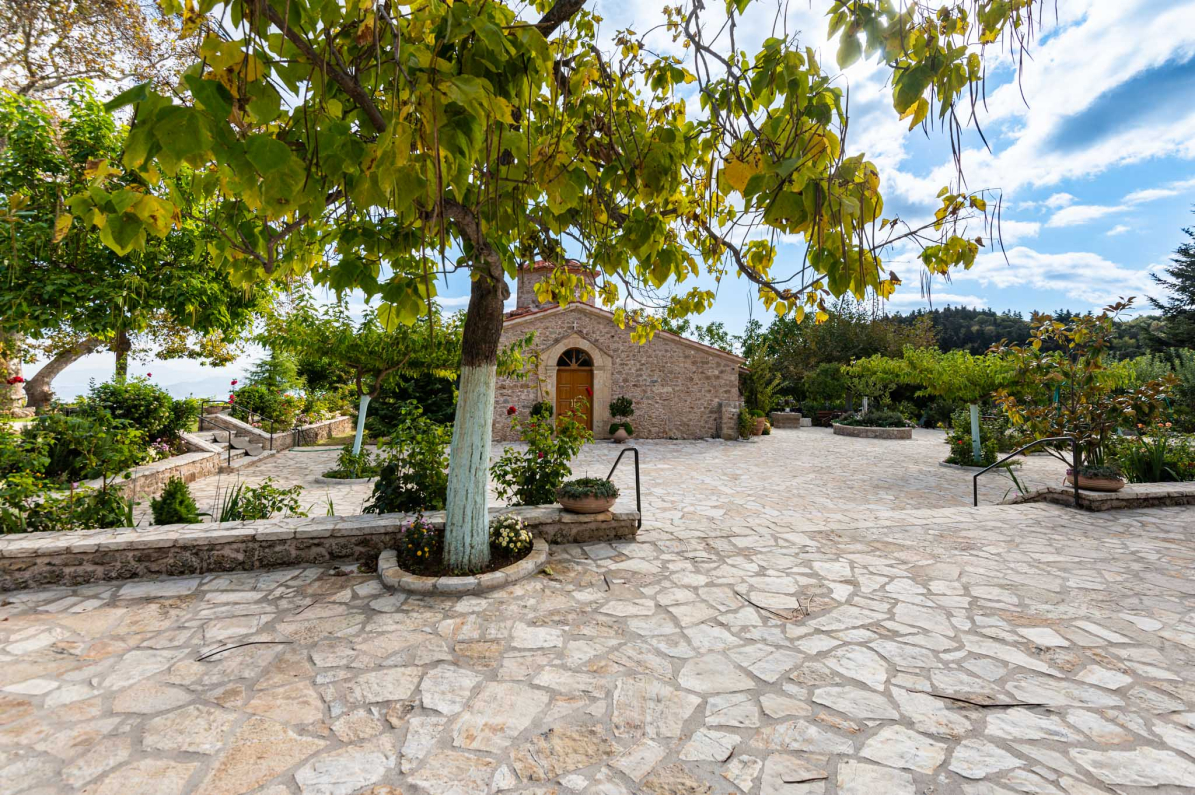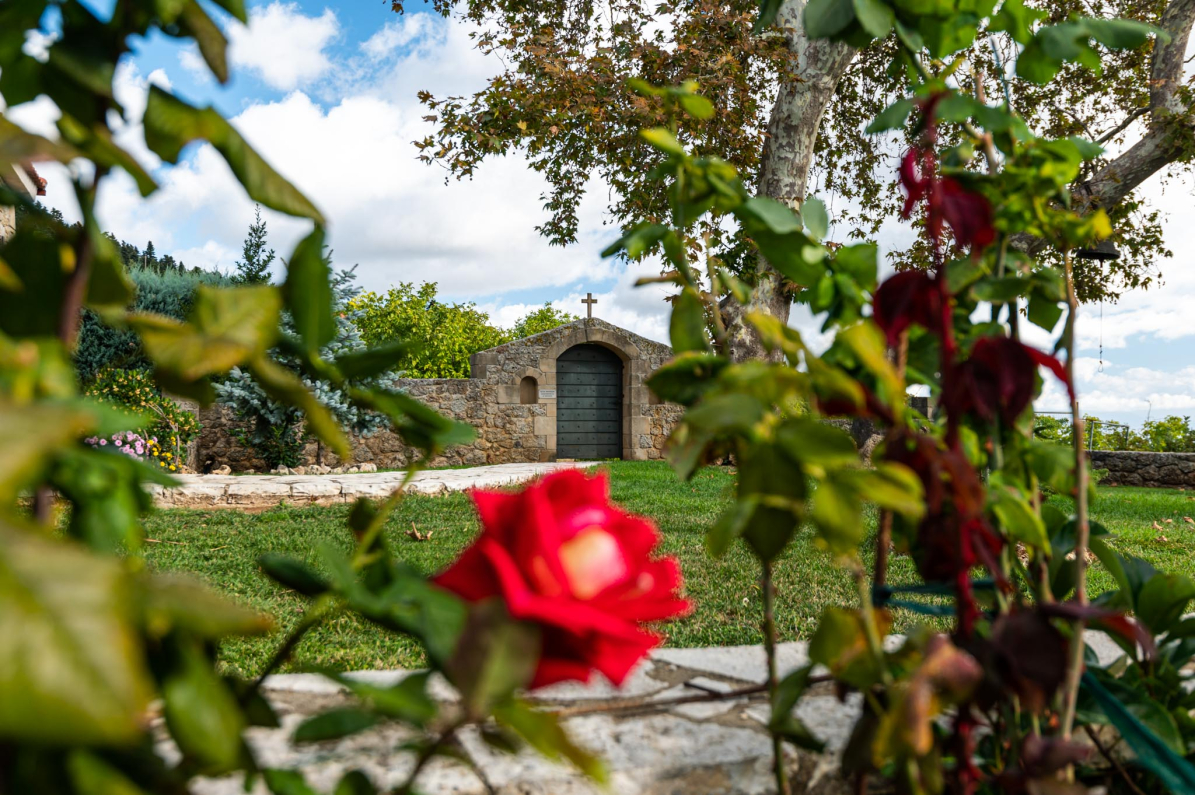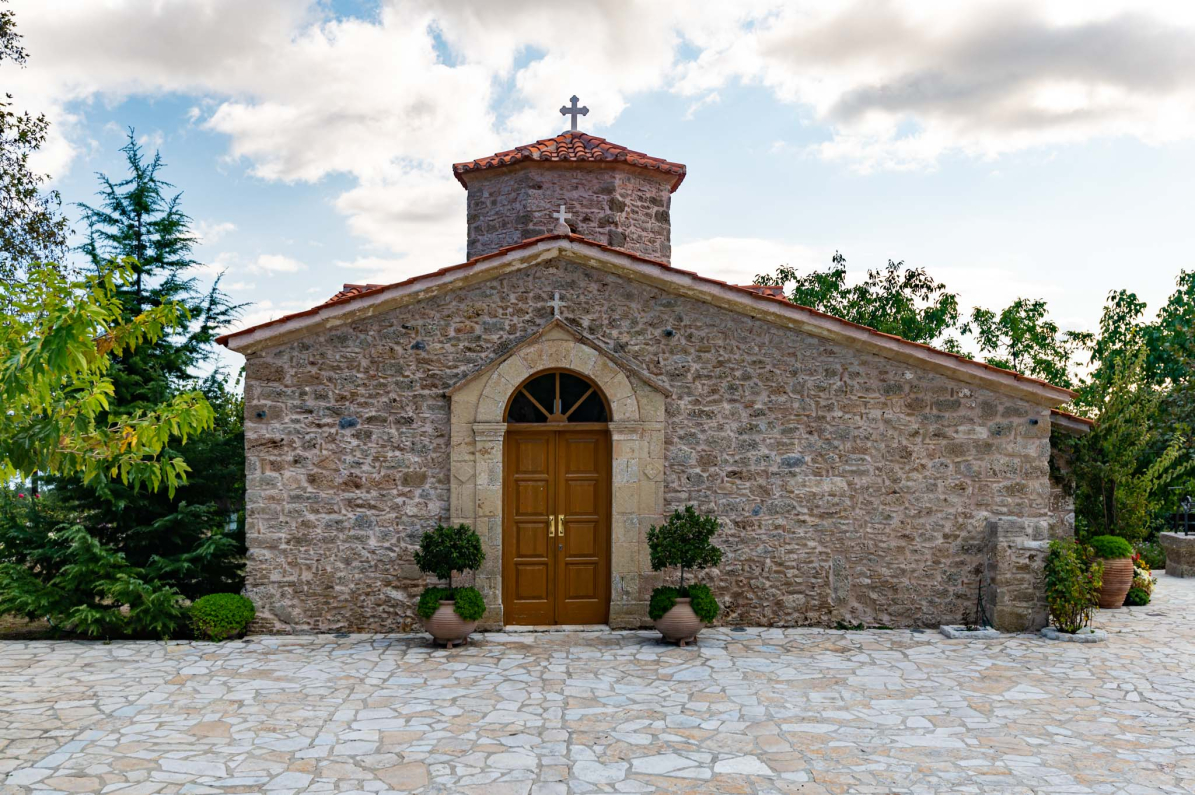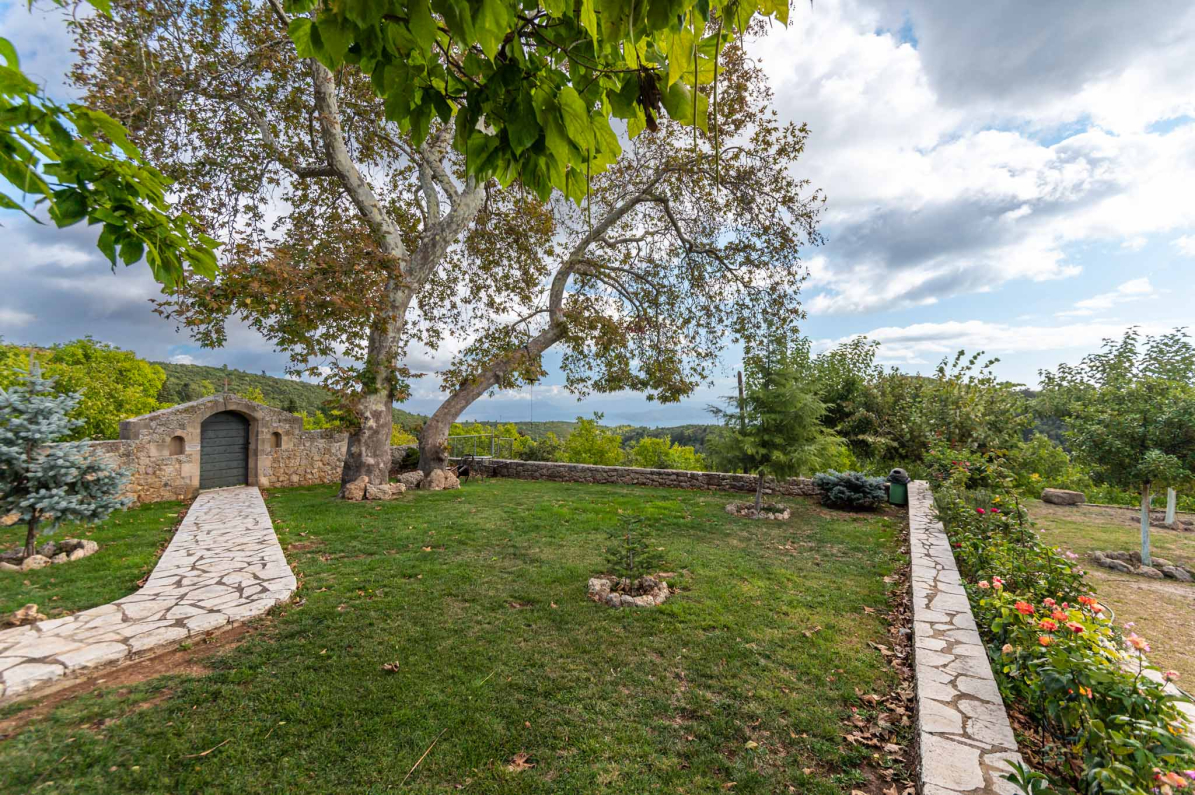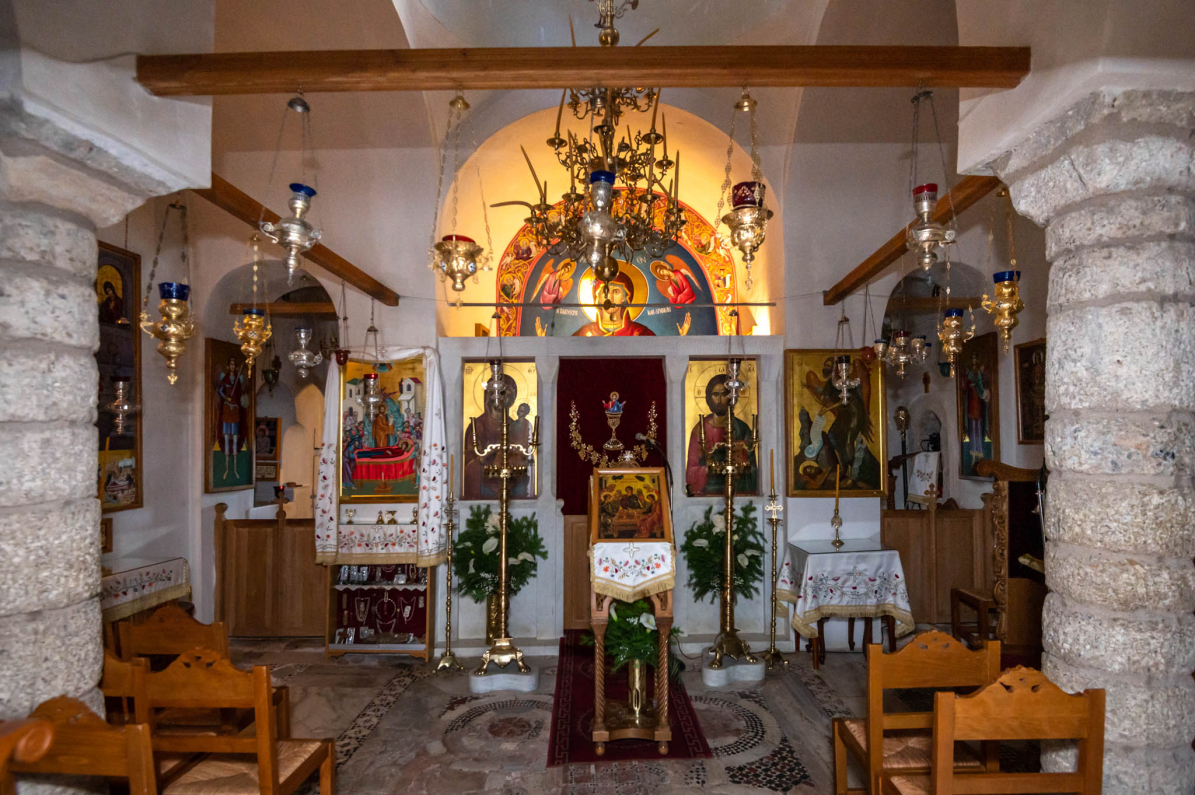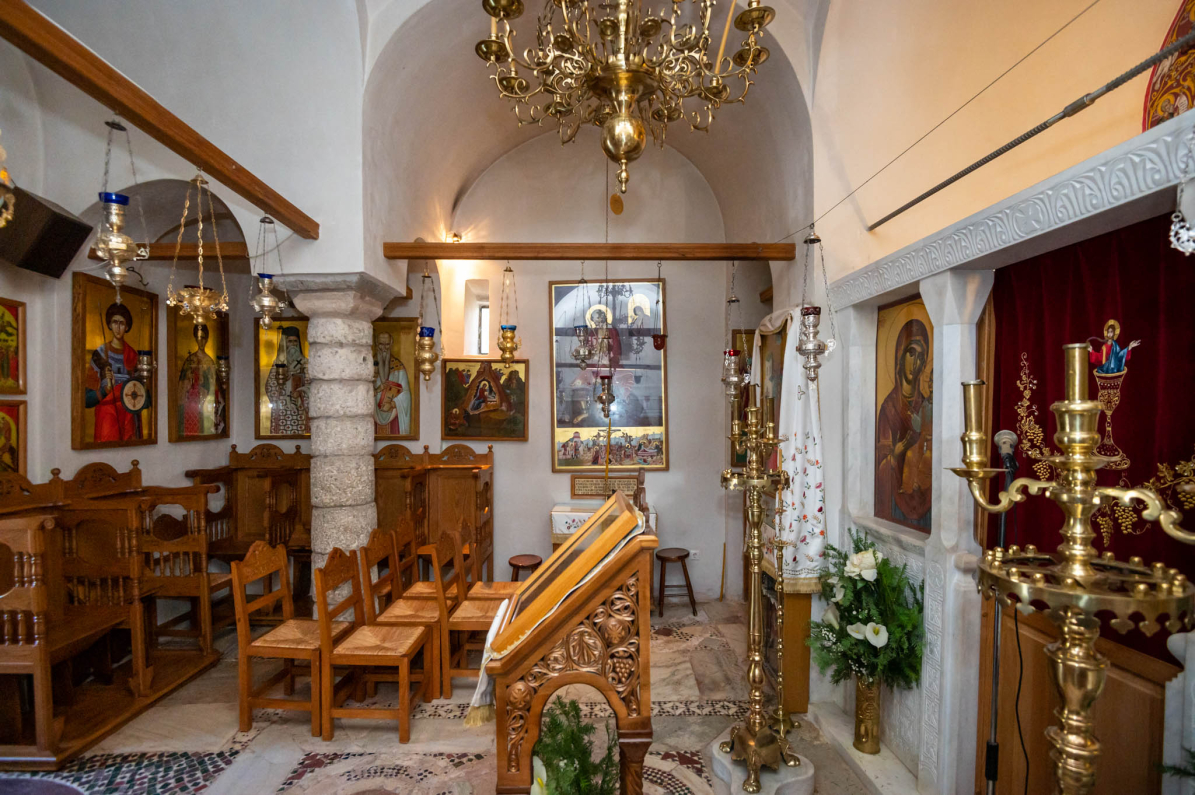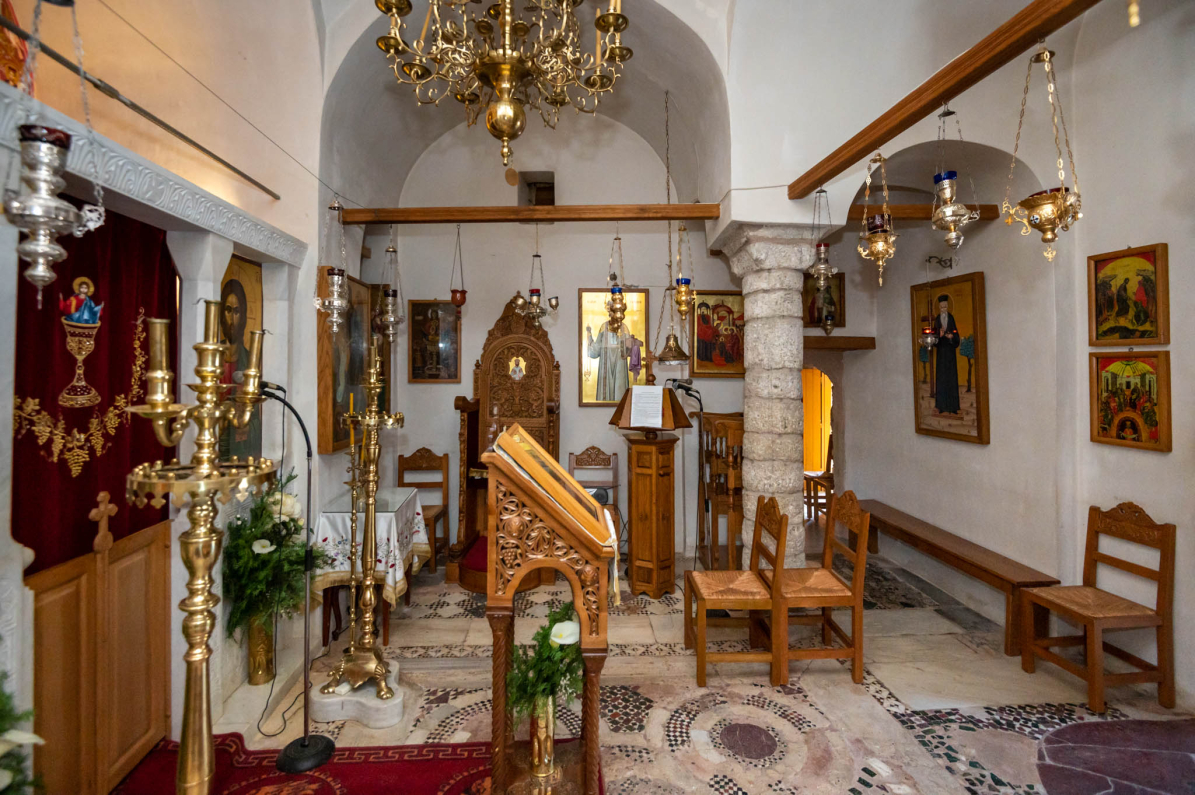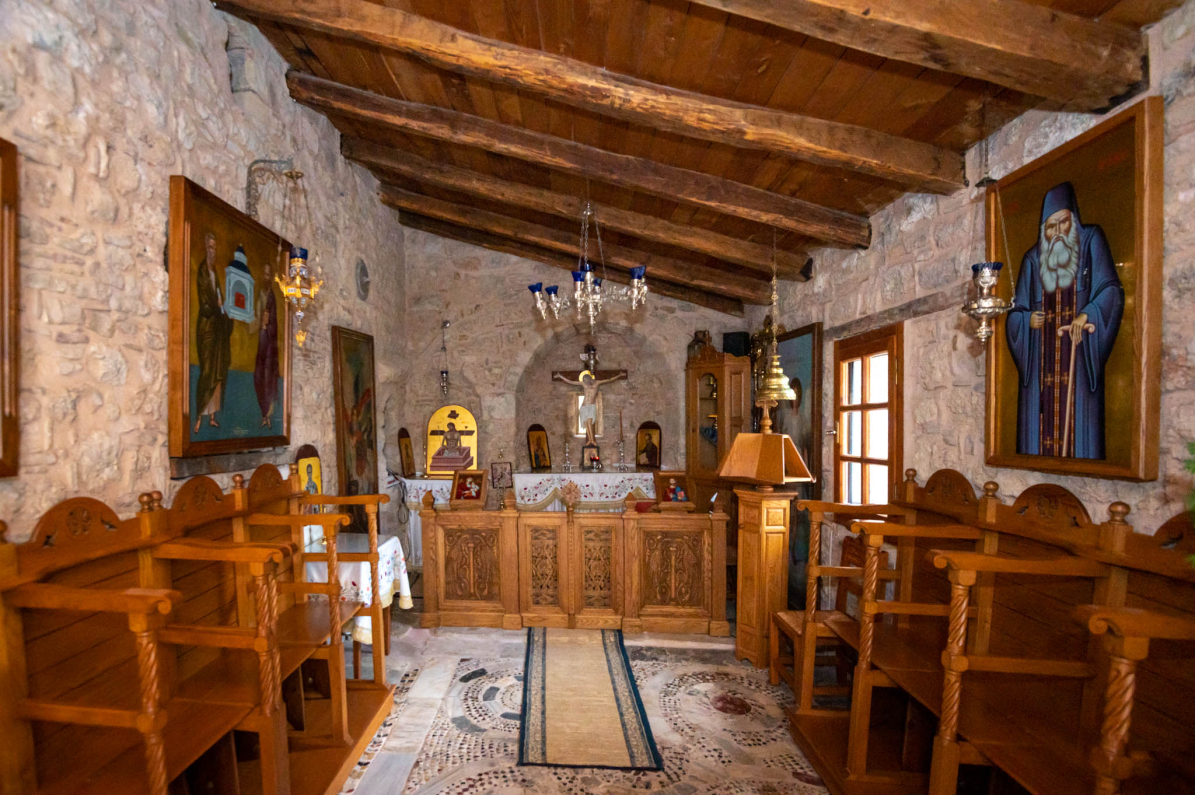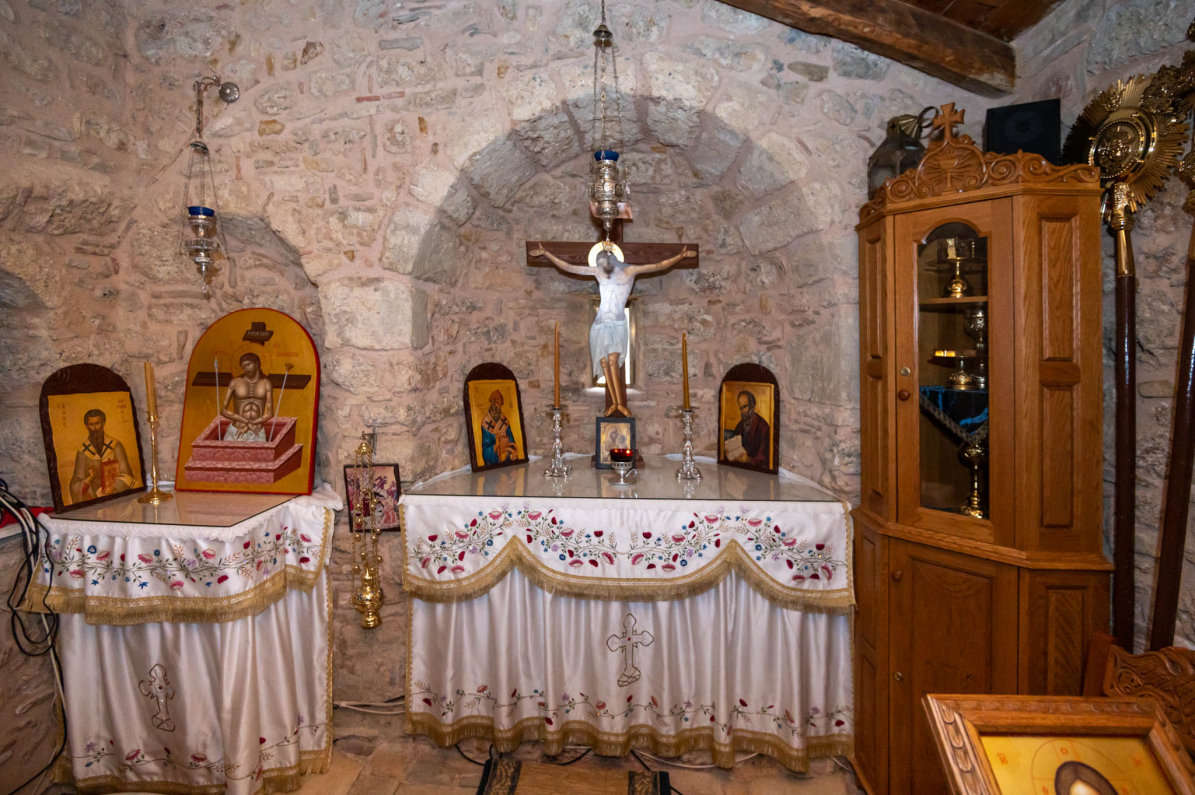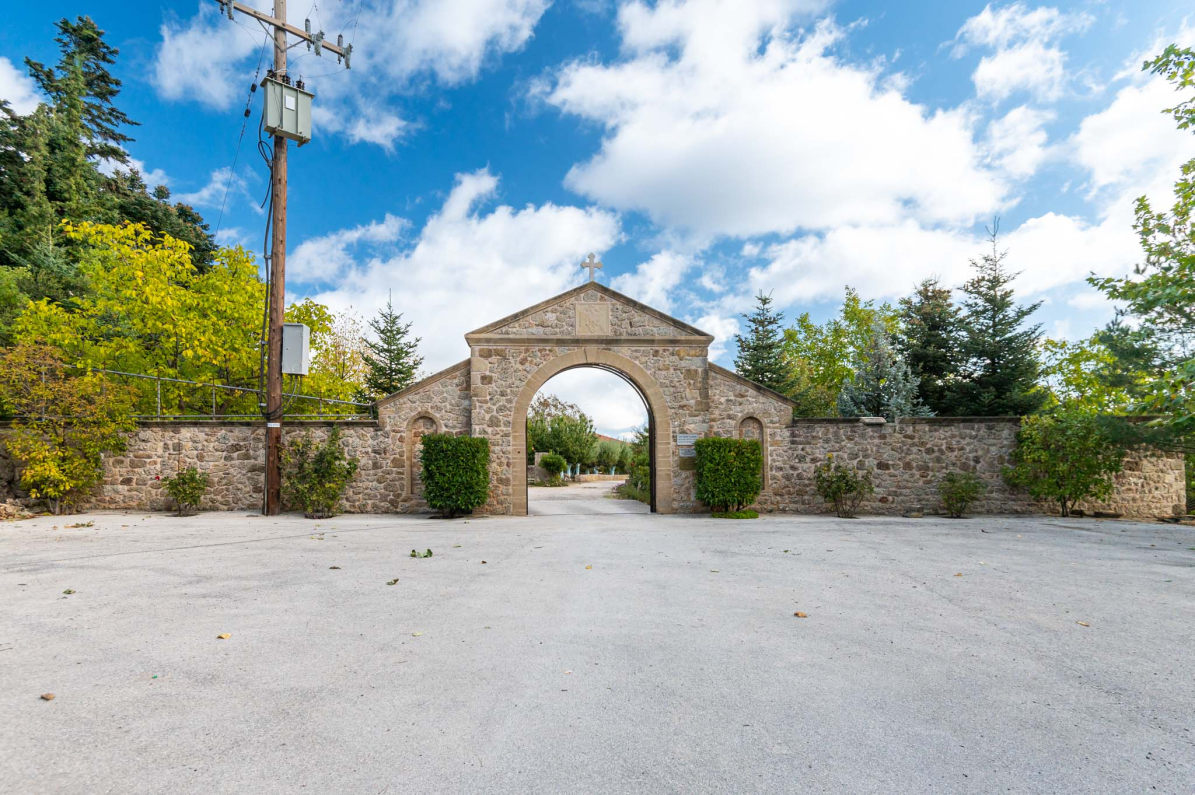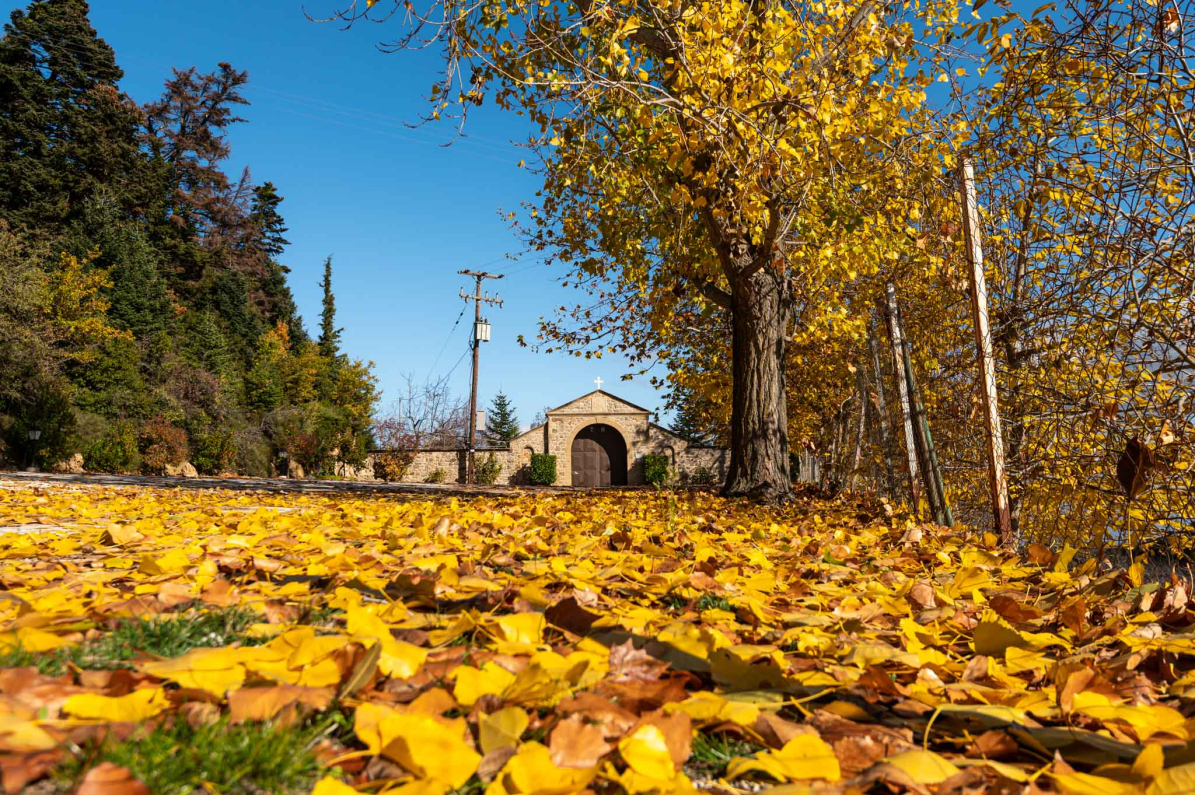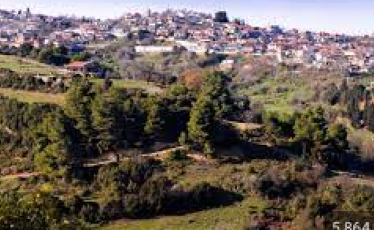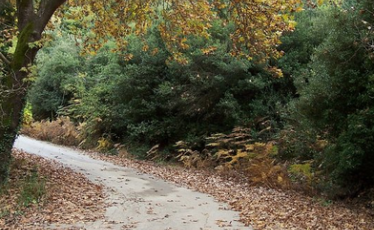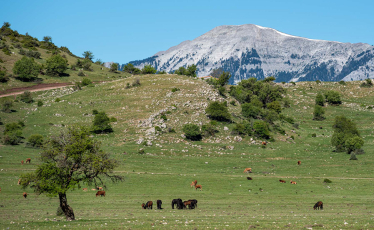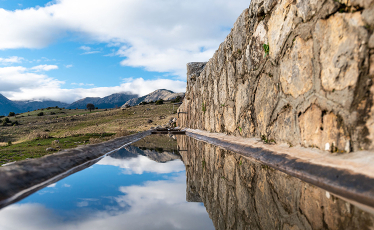On the eastern slope of Mount Vesiza or Titan, at an altitude of 1,050 meters, surrounded by dense black pine and firforests, and beside the Kryoneri stream where the Elissonas River originates, stands the Monastery of the Dormition of the Virgin Mary of Lechova, a spiritual landmark with a history stretching back 800 years.
The monastery, believed to have been constructed between the 11th and 12th centuries, is located in a region considered sacred since ancient times. Nearby lies the Lechova Cave, where recent excavations have unearthed a wealth of artifacts, including ceramic fragments and various types of clay figurines, indicating that the site served as a place of worship from the mid-6th to the early 4th century BC. The finds include samples from Attic, Corinthian, and Sicyonian workshops, further highlighting the historical significance of the area.
The setting is enchanting, with the sounds of flowing water, the rustle of leaves, and the whisper of mountain streams conjuring mythical images of nymphs and fairies in the visitor's mind. The very name Lechova is believed to be of Slavic origin, derived from the word "leha", meaning "meadow" or "field", perfectly capturing the natural beauty and lush greenery that define this region.
The monastery and its catholicon (main church) are beautifully maintained, offering a warm and welcoming atmosphere to all visitors. The surrounding orchards, filled with various fruit trees and terraced with ancient stone walls, stand against the backdrop of the dense Vesiza fir forest, creating a scene so picturesque that one might wonder if paradise truly exists on Earth. The view towards the Corinthian Gulf is breathtaking, partially obscured only by the dense foliage of the surrounding plane trees.
The Monastery of the Dormition of the Virgin Mary of Lechova also boasts a unique Byzantine monument, the recently restored old catholicon, which is a cross-in-square church with an octagonal dome and intricately carved architectural elements from the same period. The church's mosaic floor, with its symbolic and geometric designs, is particularly well-preserved.
Among the monastery's spiritual treasures is the miraculous icon of the Virgin Mary of the Passion (also known as Amolyntos), a revered work dating to the early 1700s, created by the Zakynthian iconographer Theodoros Papantonis (or Georganas). The icon is believed to be miracle-working and is a focal point of the monastery's spiritual life. The catholicon itself has been designated a protected archaeological monument by the Ministry of Culture.
During the Greek War of Independence, the monastery became a vital religious center and a sanctuary for local fighters and residents. It is mentioned in the writings of General Gennaios Kolokotronis, and records show that it supplied provisions to the Polyfengos Monastery in Nemea, as ordered by Theodoros Kolokotronis.
In the General State Archives, there is a royal decree from King Otto dated July 1836, approving a loan of 722.60 drachmas for repairs to the monastery. However, the passage of time, along with a devastating fire in 1927, has significantly reduced the number of surviving manuscripts and documents in the monastery's library, depriving us of a clearer picture of its spiritual and cultural heritage.
Today, the monastery celebrates its feast day on August 15th, the Dormition of the Virgin Mary, when large crowds gather in its courtyard to venerate the miraculous icon and share in the traditional hospitality offered by the monks, including food and refreshments for all who come to honor this sacred place.
FAQ
How to get to the Holy Monastery of Lechova?
From Kiato, take the road heading inland through the Corinthia region. Pass through the village of Souli, then turn left towards Nemea and you will soon reach the village of Kryoneri. Just outside the village, you will find a junction leading to the monastery (4 kilometers away) along a scenic route lined with plane trees. Following the gorge along the right bank of the Elissonas stream, the paved road quickly takes you to a mountain pass, where the Monastery appears in the distance, nestled within a dense fir forest.
Is there a specific dress code required to enter the Monastery?
No. Entry and touring of the buildings and gardens of the Monastery are free and without any dress code restrictions.

